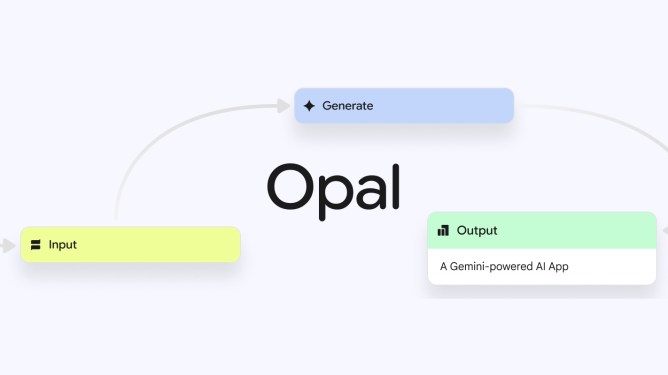Google is expanding access to Opal, its AI application for creating mini web apps using text prompts, to fifteen more countries. The app is now available in Canada, India, Japan, South Korea, Vietnam, Indonesia, Brazil, Singapore, Colombia, El Salvador, Costa Rica, Panama, Honduras, Argentina, and Pakistan.
When Google initially opened Opal to users in the United States, they anticipated people would build simple and fun tools. They did not expect the surge of sophisticated, practical, and highly creative applications they received instead. The ingenuity of these early adopters made it clear that Google needed to get Opal into the hands of more creators around the world.
Opal functions by having users enter a description of the app they wish to create. The tool then uses various Google AI models to build it. Once the app is ready, users can open an editor panel to view and customize the visual workflow of inputs, outputs, and generation steps. They can click on any step to review or edit the prompt, or they can manually add new steps using Opal’s toolbar. Users also have the ability to publish their app to the web and share a link so others can test it with their own Google accounts.
Alongside this expansion, Google announced several improvements for Opal. The company has enhanced the debugging program while intentionally keeping it a no-code experience. Users can now run their workflow step by step in the visual editor or tweak specific steps in a console. Errors now appear exactly where they happen, providing immediate context and eliminating guesswork.
Google also states it has made significant improvements to Opal’s core performance. Previously, it could take five seconds or more to create a new Opal app. The company has worked to speed up this process to make it easier for users to get started. Additionally, users can now run steps in parallel, which allows complex workflows with multiple steps to execute simultaneously.
With the initial U.S. launch of Opal in July, Google joined a growing list of competitors, including Canva, Figma, and Replit, that are building tools to help non-technical users design app prototypes without writing any code.

